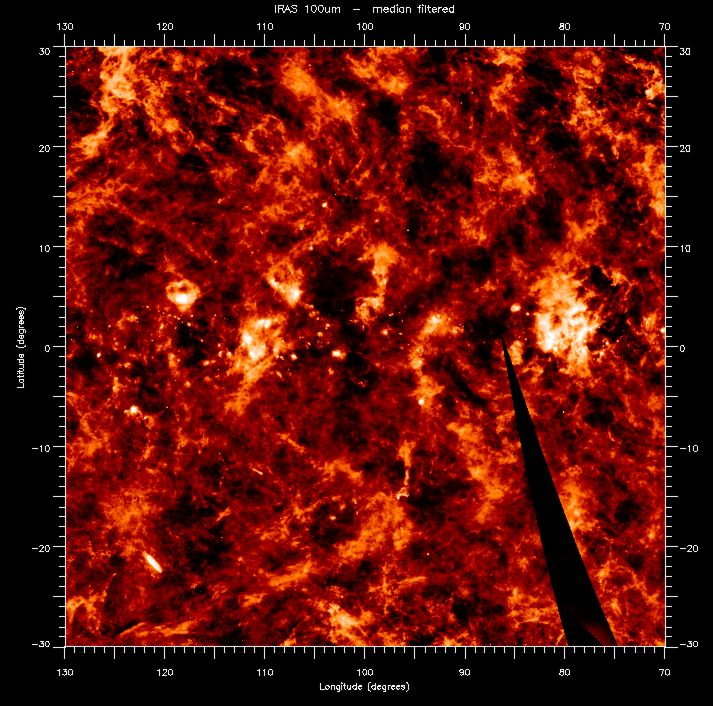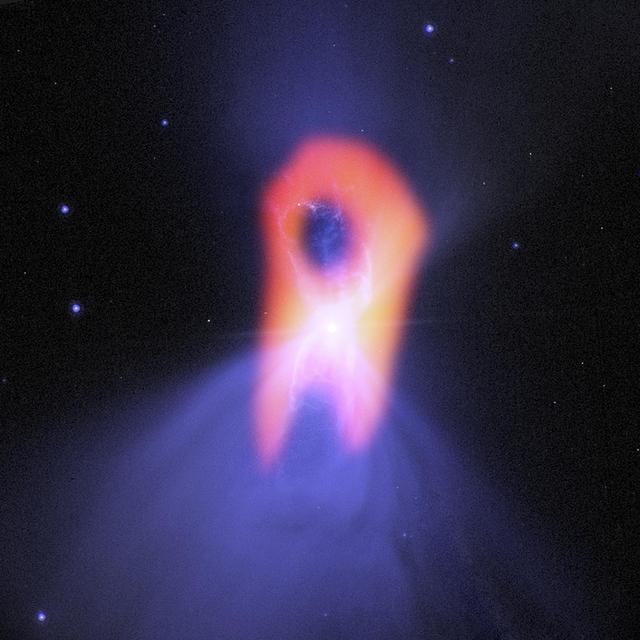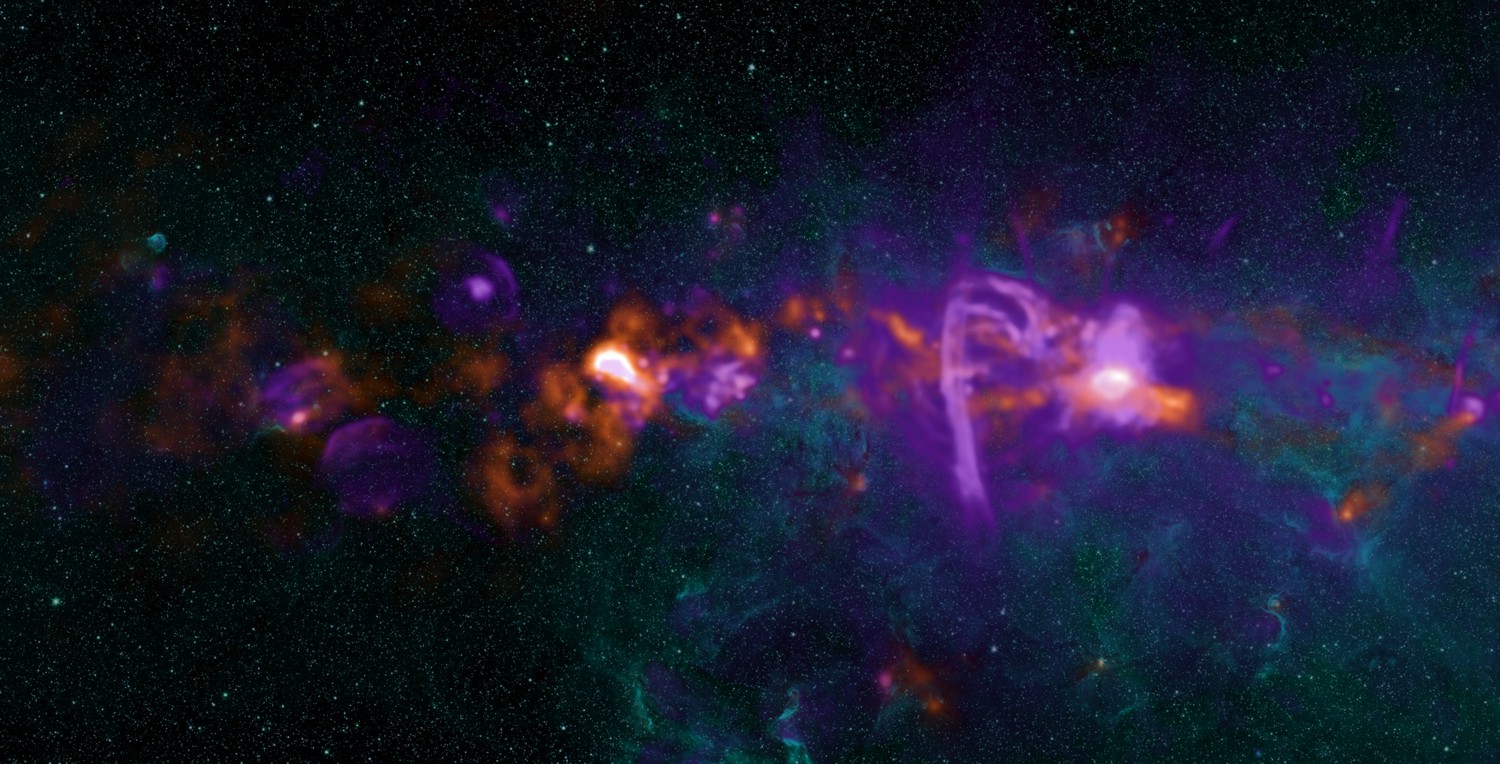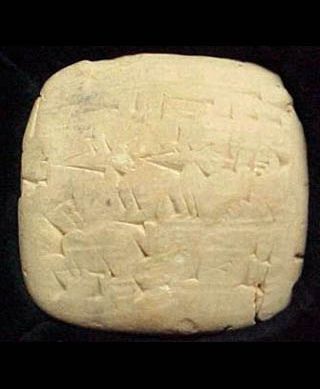Image: Tomasz Sienicki / Wikimedia Commons
How is our Milky Way Galaxy like the amber fluid? You’d be surprised.
1. Our galaxy is frothy
The gas and dust of our galaxy is full of bubbles, like the foaming head on a glass of beer. That’s because very massive stars — ones 8 to 20 times more massive than our Sun — generate ‘winds’ of 1000 kilometres per hour. These winds act like enormous snowploughs, pushing away the gas and dust that surround the stars. The stars blow bubbles!
The foamy, frothy structure of our galaxy. The black regions are empty bubbles; the bright regions are dust glowing in the infrared. The image was made with the IRAS satellite. The black spike is an artefact of the imaging. Credit: W. Waller (Tufts) and F. Varosi (GSFC), IRAS, SkyView, NASA
2. Our galaxy is refreshingly cold
(or at least some parts of it are)
Just a stone’s throw away — a mere 5000 light-years from us — is the Boomerang nebula. As well as looking exceedingly spooky, it’s the coldest place we know of in the Universe (coming in at -272ºC, just one degree above absolute zero).
Not all of the galaxy is that cold, of course. In fact our whole galaxy seems to be surrounded by a huge ‘halo’ of very thin gas that’s also very hot — more than a million degrees, hundreds of times hotter than the surface of the Sun. Not a place where you’d want to keep the beer.
The Boomerang Nebula, called the “coldest place in the Universe”. (No, it doesn’t look like a boomerang here.) Credit: Bill Saxton; NRAO/AUI/NSF; NASA/Hubble; Raghvendra Sahai.
3. Best of all, our galaxy contains alcohol
Space is a boozy place!
One happy day in 1995, researchers from Ohio State University announced that they’d found a gas cloud in space containing enough alcohol to make “4000 trillion trillion pints of beer”.
The giant gas cloud Sagittarius B2, about 400 light-years from the centre of our galaxy, contains even more — an estimated 10 billion billion billion litres of alcohol. Sadly, it’s not the drinkable kind, ethanol, but its simpler cousin, methanol. Radio astronomers love methanol, though, because radio emission from methanol molecules is often a sign that stars are forming.
The centre of our galaxy: a gigantic brewery. Composite image (radio, infrared, submillimetre) by Adam Ginsberg (U. Colorado). Used by courtesy of NRAO/AUI
Beer and our galaxy are linked in yet another way. Western astronomy was kick-started by the same people who invented beer — great ideas, both of them. Thank you, Sumerians!
Sumerian beer receipt, 2050 BC. The dated and signed text translates as “Ur-Amma acknowledges receiving from his brewer, Alulu, 5 sila (about 4 1/2 liters) of the ‘best’ beer.” Credit: Tom L. Lee / Wikimedia Commons.






